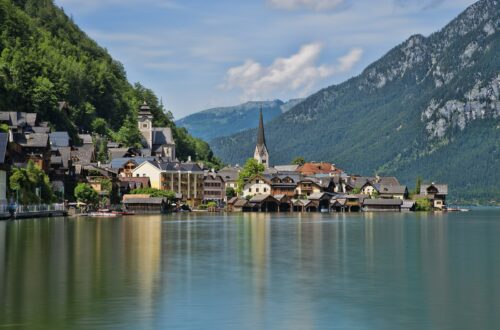Top 10 Wild Animals in Poland – Everything You Need To Know
Poland is home to a wide variety of wild animals, ranging from large mammals such as wolves and bison to smaller creatures like foxes and beavers. The largest populations are found in the mountain regions, but some species can be found in other areas as well.
This article will uncover the 10 most common wild animals in Poland and provide an inside look at their habitats, diets, and how their numbers are faring.
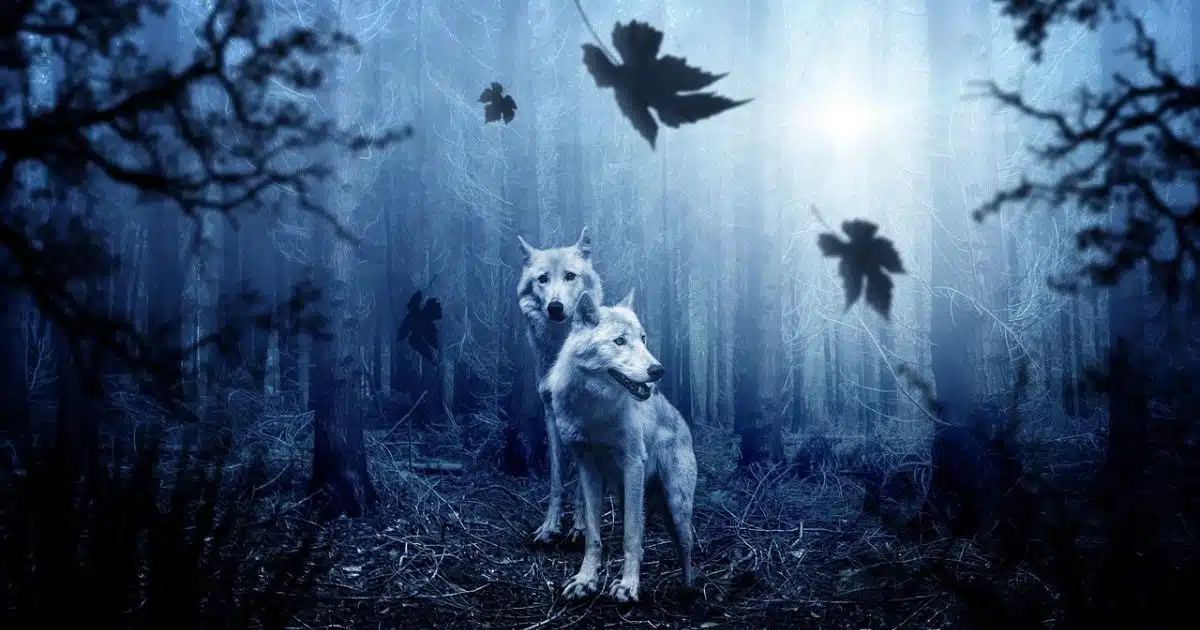
Wolf
Wolfs are one of the most iconic species of Polish wildlife. They inhabit most of the country’s forests and fields, though their population has declined significantly over recent decades due to hunting and habitat destruction.
Despite this, wolves still maintain a presence in Poland’s larger mountainous regions. As opportunistic hunters, they feed primarily on ungulates like deer and boar.
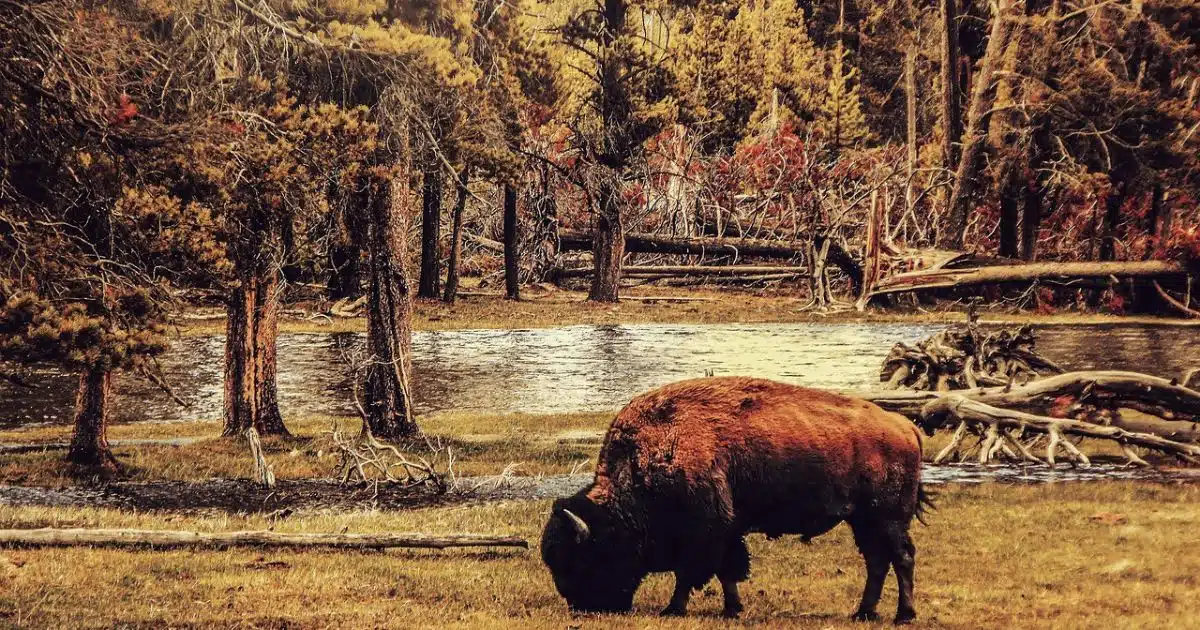
European Bison
The European Bison is Europe’s largest terrestrial mammal. While historically widespread throughout the continent, its population was severely affected by hunting during the 20th century until it was declared an officially protected species in 1929.
Nowadays, it is present only in a limited number of locations around Poland, including Bialowieza Forest; however, their numbers have been slowly increasing since then, thanks to conservation efforts.
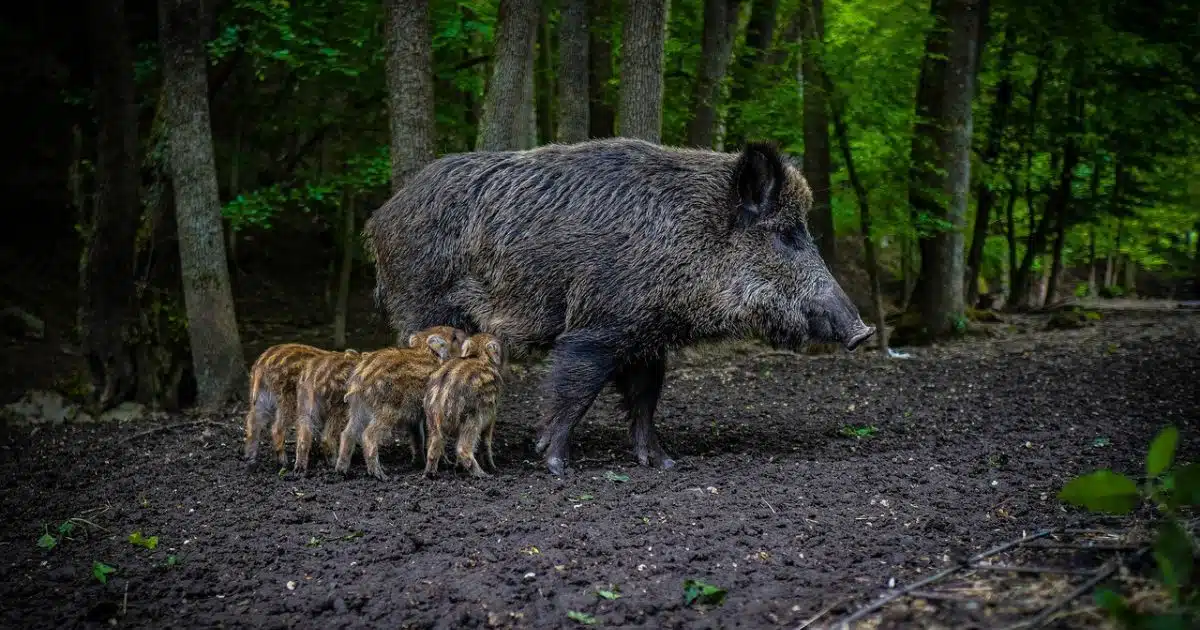
Wild Boar
Wild Boars are widespread throughout much of Europe, including most parts of Poland. They typically live and forage in forests but can sometimes be seen moving through open grassland or agricultural land in search for food.
Their diet consists mainly of roots, tubers, and nuts, but they will also supplement this with small mammals if they can find them.
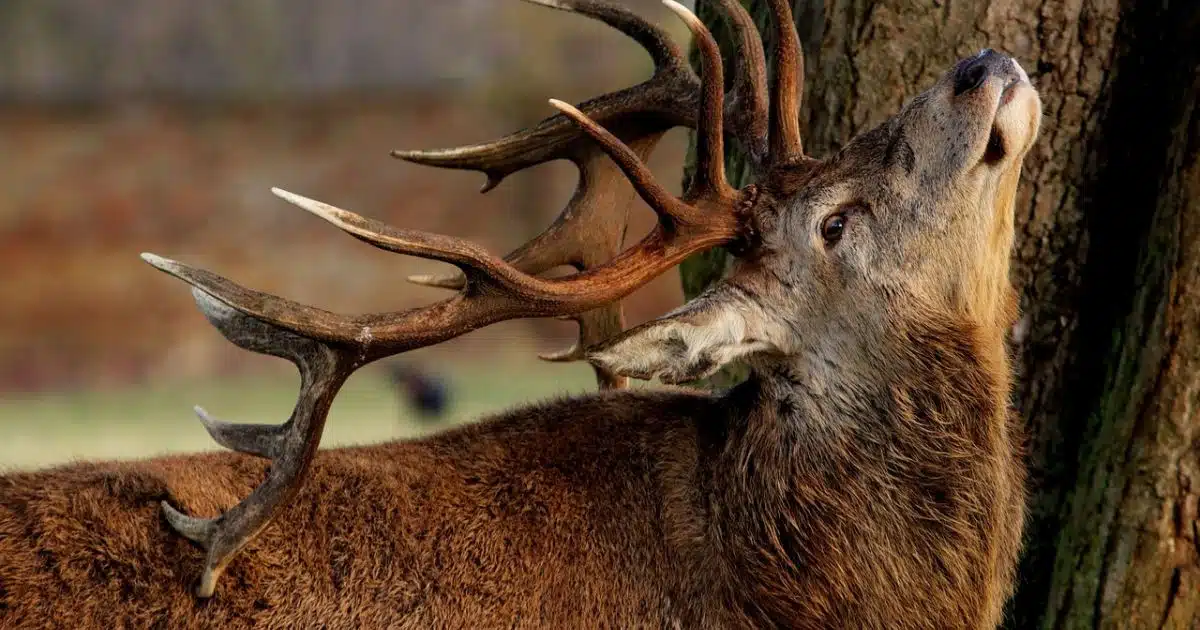
Red Deer
Red Deer is the second-largest land mammal found in Poland behind the European Bison and one of the most commonly hunted species by both humans and predators alike. They can survive equally well in open grasslands as well as wooded areas but prefer living close to water sources wherever possible for easy access to drinking water.
They typically feed on a variety of plants that may include hay or tree bark when winter conditions become difficult for them to find food elsewhere.
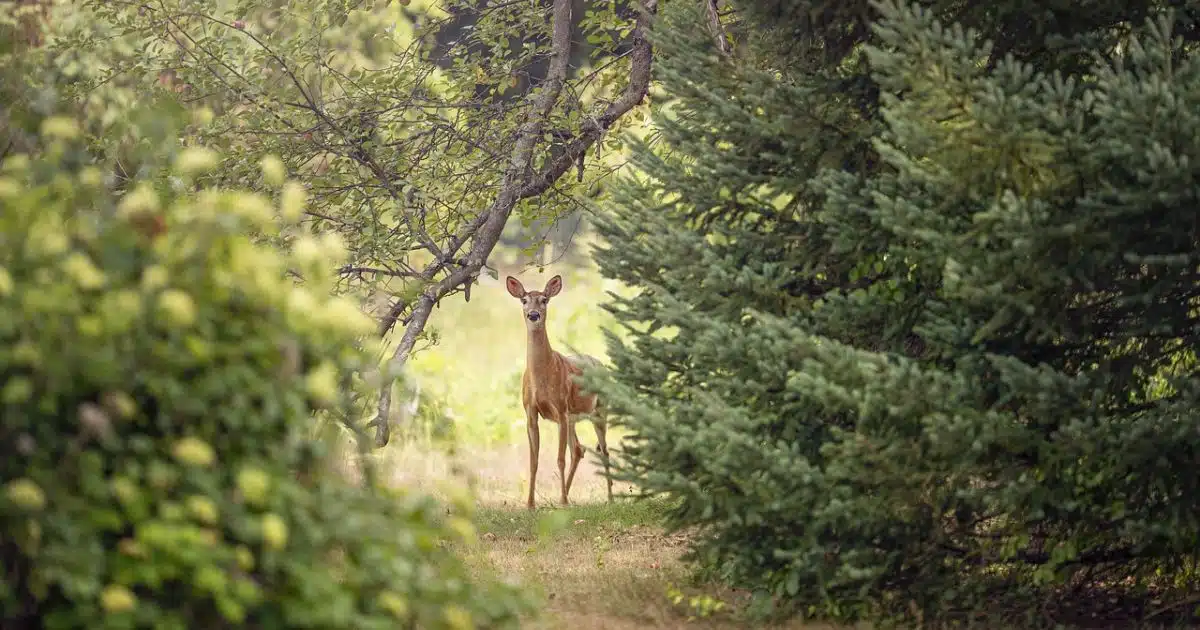
Roe Deer
Roe deer inhabit all types of habitats across much of Poland’s countryside as they’re highly adaptable animals that require minimal resources to survive; however, they typically prefer more heavily wooded environments so that they can hide from predators easily if needed.
Much like Red Deer, they too feed on a variety of plants, including grasses or shrubs, depending on availability; however, they will supplement these with small invertebrates when given a chance, such as worms or insects, which provide essential protein intake into their diet.
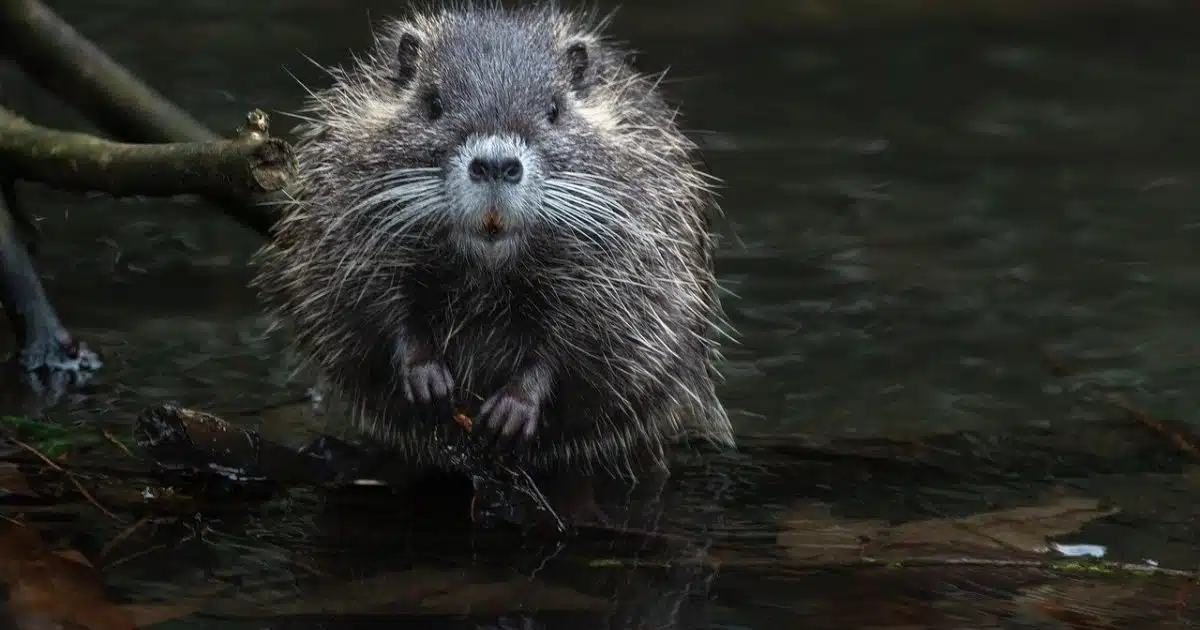
Beaver
Beavers are a common wild animal in Poland, and they can be found inhabiting the country’s rivers and streams. They build dams to create deep pools of water, which provide them with food and shelter from predators. Beavers feed on aquatic plants like cattails, as well as bark from trees along the banks of rivers.
Their population has been steadily increasing in recent years thanks to conservation efforts, providing an important source of biodiversity for Polish wildlife.
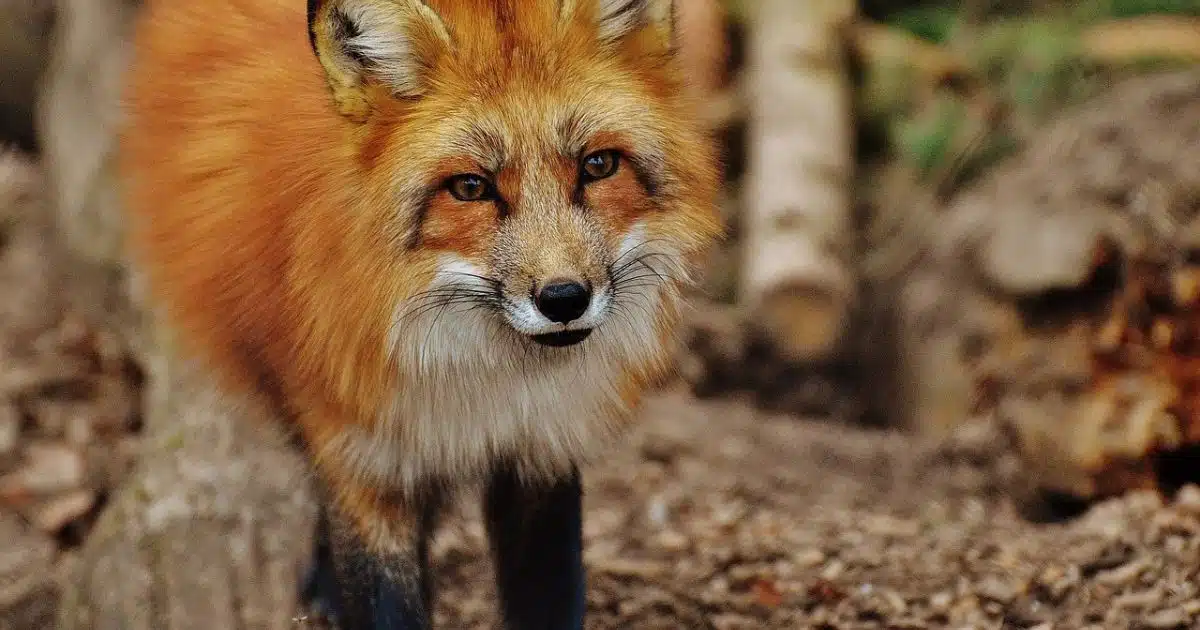
Fox
Poland is a natural home to the sly and cunning fox, with these wild animals happily occupying forests, grasslands as well as agricultural regions. They feed mainly on small mammals such as rodents or rabbits but will also supplement their diet with birds, eggs, and insects if available.
Foxes are highly adaptable animals that can survive in diverse conditions; however, they prefer more heavily wooded environments so that they can hide from predators easily if needed.
Foxes are also considered a nuisance in some areas due to their tendency to raid farmers’ poultry houses.
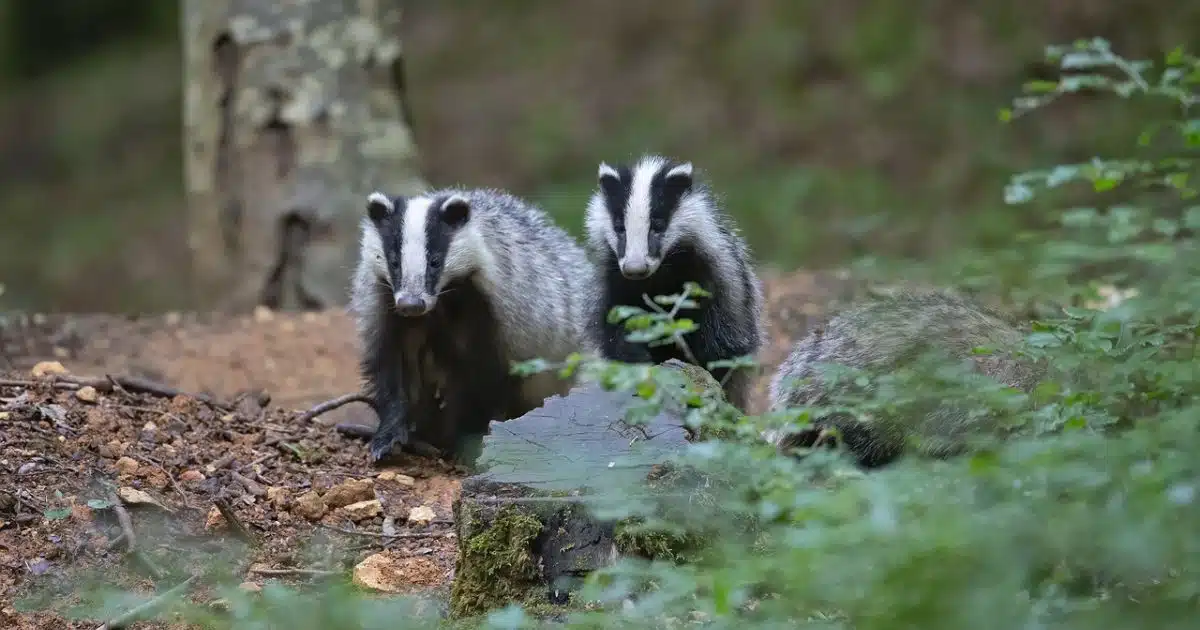
Badger
Roaming the woodlands and meadows of Poland, badgers are known to be omnivorous creatures with a diet that typically consists of small mammals such as rabbits or rodents. Yet they won’t hesitate to fill up on eggs, birds, and insects if those foods are accessible.
Badgers have a short fur coat that is usually brown in color with white stripes along their sides. They are nocturnal creatures who prefer to remain hidden during the day, making them hard to spot in the wild; however, they often leave behind tell-tale signs, such as footprints or burrows, indicating their presence nearby.
Badgers are remarkably flexible creatures, able to exist in a variety of settings, yet they tend to thrive when their habitat is densely forested, affording them the opportunity to conceal themselves from potential predators.
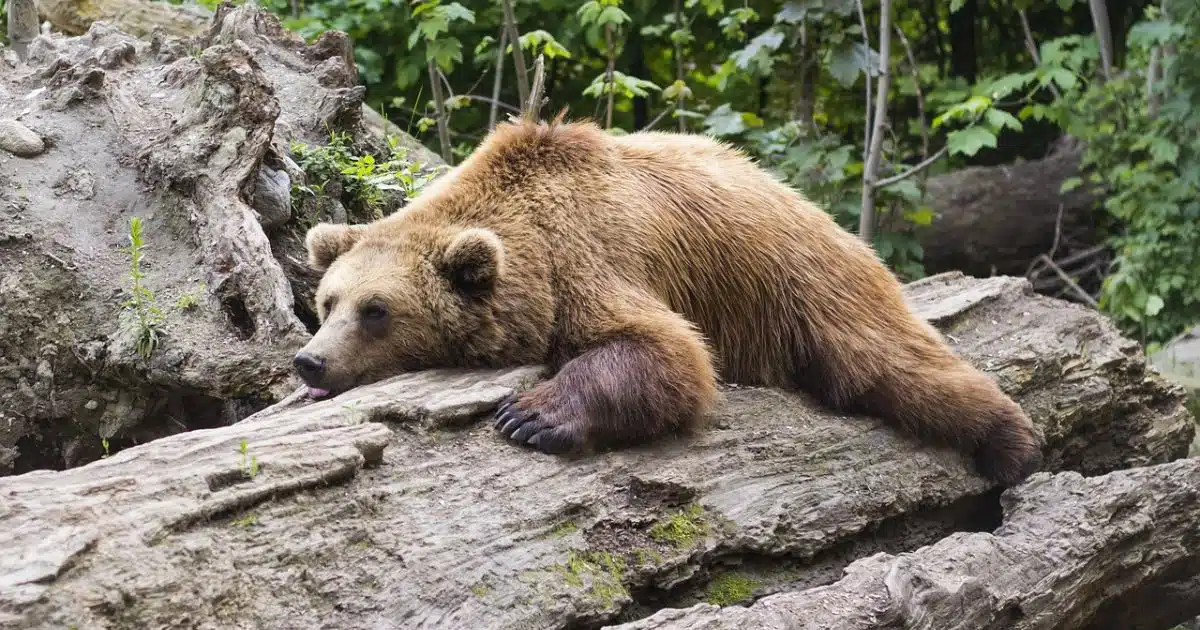
Brown Bear
The Carpathian Mountains are only home to most of the brown bear population in Poland. The best way to spot a brown bear is to take a hike through its natural habitat, as this will give you the best chance of seeing one in its natural environment.
However, it is important to remember that bears are wild animals, so it is essential that you stay at least 150 meters away from them at all times.
Brown bears have omnivorous diets and feed on both plants and animals depending on what is available. In autumn, they often eat berries and nuts, while during spring months, they feed mainly on insects and grubs.
In summer, they focus mostly on grasses and herbs, while during winter months, they rely heavily on carrion or scavenge for deer carcasses left behind by hunters. They will also occasionally target livestock if given the opportunity.
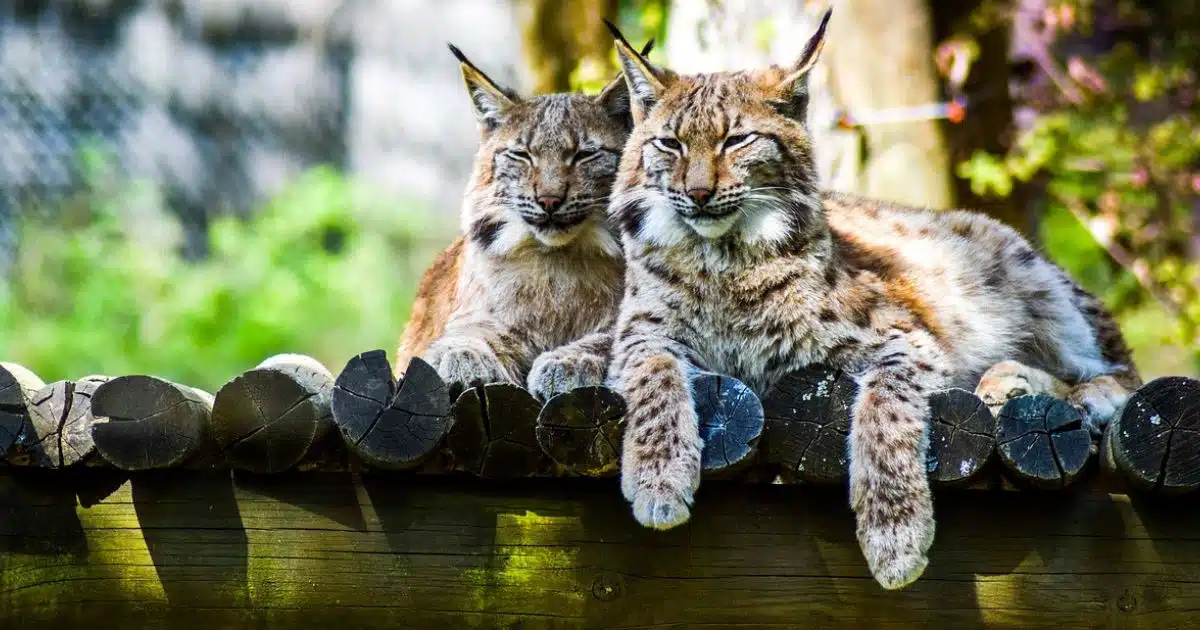
Lynx
The European Lynx population has been steadily increasing over the last few decades thanks to conservation efforts, and there are now roughly 200 of them living in the forests of Poland. The best places to spot one are typically in the Carpathian Mountains and other regions such as Augustow or Bialowieza Forest.
If you’re lucky enough to catch a glimpse of one, prepare to be amazed – they can weigh up to 32 kg (71 lbs) and have thick fur that ranges from a light greyish-brown color all the way up to black!
Lynx are carnivorous animals, so they mostly feed on small mammals such as rabbits, hares, rodents, and birds. The occasional deer fawn can also make its way into their diet if they come across it. They usually hunt during dawn or dusk when it’s harder for prey to spot them lurking in the shadows.
Are They Dangerous?
No – lynx aren’t dangerous animals by any means. That said, they do tend to be shy creatures who avoid human contact at all costs, so it’s best not to approach one if spotted in the wild. In fact, most people who encounter lynx won’t even see them as they prefer staying hidden away from any potential danger that may be around them.
With that being said, though – don’t let their timidness fool you; these cats are highly equipped with sharp claws and teeth, which can prove deadly if provoked!




